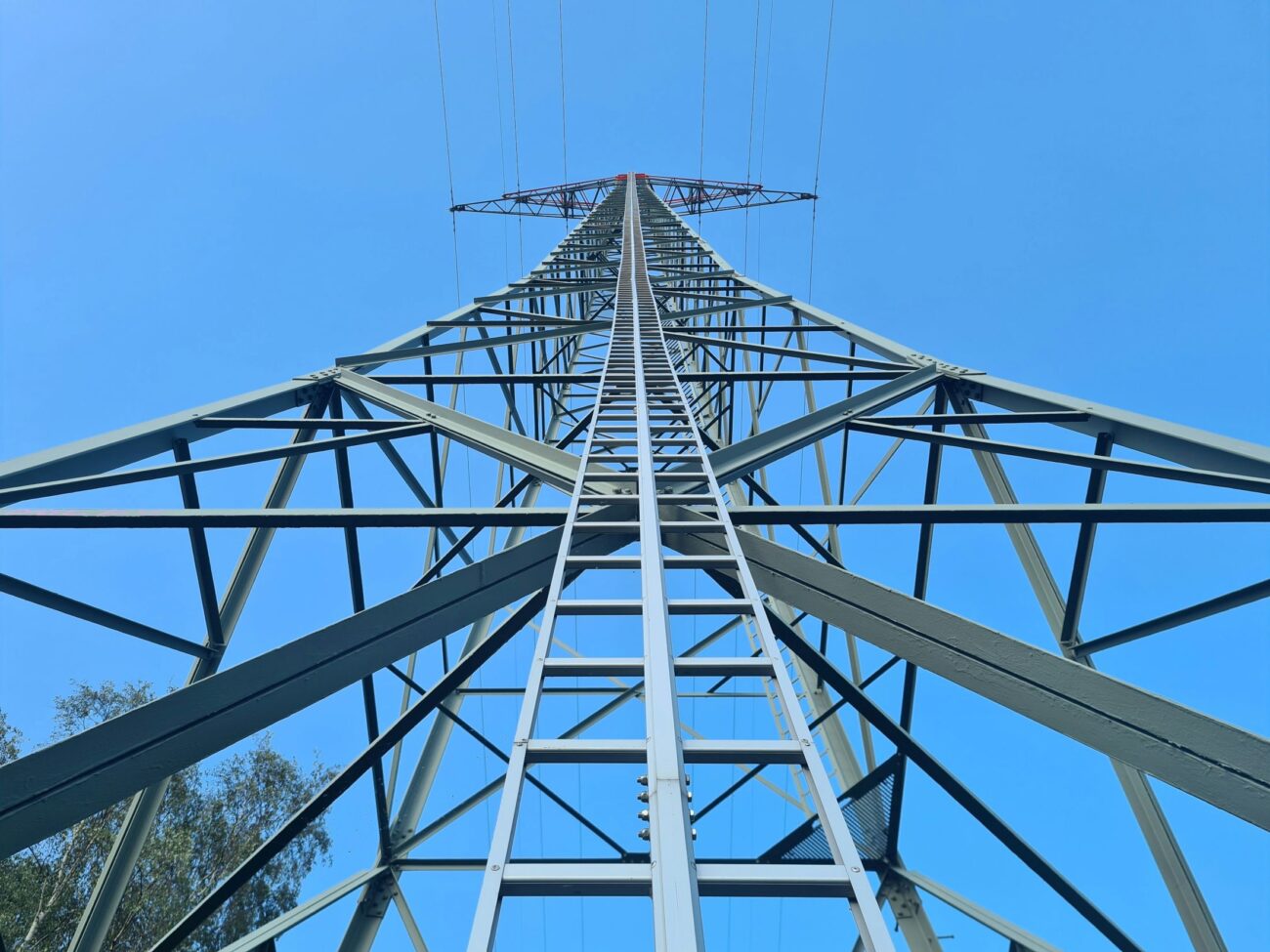How Do We Power the Future Without Blowing the Grid?
As the AI Energy Council gathers, a big question hangs in the air: how do we power the future without blowing the grid? With the relentless rise in AI demand, we’re creeping closer to a power crunch that could bring us to our knees.
The Thirsty AI Beast
Let’s face it—AI is a power hog. In the UK alone, data center energy needs are forecasted to multiply sixfold by 2034, potentially consuming nearly one-third of all our electricity. Imagine a massive metallic monster gulping every last drop of energy while leaving less for homes and businesses. The old infrastructure simply isn’t equipped for such unpredictable, two-way power flows.
Plenty of heavy hitters are involved in this energy crisis—tech giants, energy firms, and five-star regulators from Ofgem. They’re attempting to peer into the crystal ball to predict just how much juice this AI beast will need. The stakes are high, especially with the government layering down £2 billion for its ambitious AI Opportunities Action Plan. This isn’t just tech; it’s about transforming our hospitals, schools, and businesses too.
A Clean Energy Commitment
UK Science and Technology Secretary Peter Kyle passionately said we must offer our innovators the processing power they crave. But here’s the deal—in the rush to power the AI revolution, we can’t overlook sustainability. Today’s discussions aren’t just about numbers; they’re about creating a balanced energy ecosystem that respects our clean power ambitions.
We all want a thriving AI world, but not at the expense of our planet. Kyle highlighted that today’s conversations could pave the way for AI-based benefits that would uplift communities for generations without compromising our commitment to clean energy.
The Scale of the Challenge
The sheer scale of this challenge is nothing short of mind-boggling. Data centers worldwide will likely double their electricity needs in just five years. AI is the primary culprit here.
To give you some perspective, a single AI server rack can consume 120 kW of power—dramatically more than the 5-10 kW a regular rack would use. Those spikes in demand? They aren’t just hiccups; they can create surges that threaten the stability of our entire grid.
The Great Grid Upgrade
But worry not! The UK is cycling up with a £58 billion investment for a monumental overhaul. They’re calling it the “Great Grid Upgrade.” Picture this: a high-capacity electrical superhighway stretching from north to south and an expanded offshore grid harnessing the abundant winds. It’s ambitious, but could this finally get us off the gridlock concerning renewable energy connections?
Ed Miliband, Secretary for Energy Security and Net Zero, emphasized that teaming up AI and energy sectors could lead us into a new era of clean electricity. Yet there’s a hitch—over 600 renewable projects are stuck in limbo, waiting years to connect to the grid. Can you imagine how frustrating that must be for innovators with great ideas?
Turning Challenges into Solutions
Here’s a glimmer of hope: the data center industry is evolving. Instead of being seen purely as power hogs, many want to become part of the solution. They’re investing in their own renewable resources and participating in programs that let them pause non-essential tasks when the grid feels the heat.
This approach can turn potential chaos into harmony. Moreover, AI itself can pitch in here—its complex algorithms can help predict energy spikes and optimize power flow in real-time.
The Road Ahead
So, what’s the takeaway? The UK is assembling a solid plan and investing heavily into it. But speed is of the essence! The glitches in the grid connection process need urgent reforms to ensure we’re ready for this electrifying AI future.
What’s Your Take?
The path forward is filled with hurdles but also opportunities. How do you think we can make our energy systems smarter and more sustainable? Want to dive deeper? Check out the AI Energy Council’s discussions for more insights on this burgeoning field!
So what’s your take?
